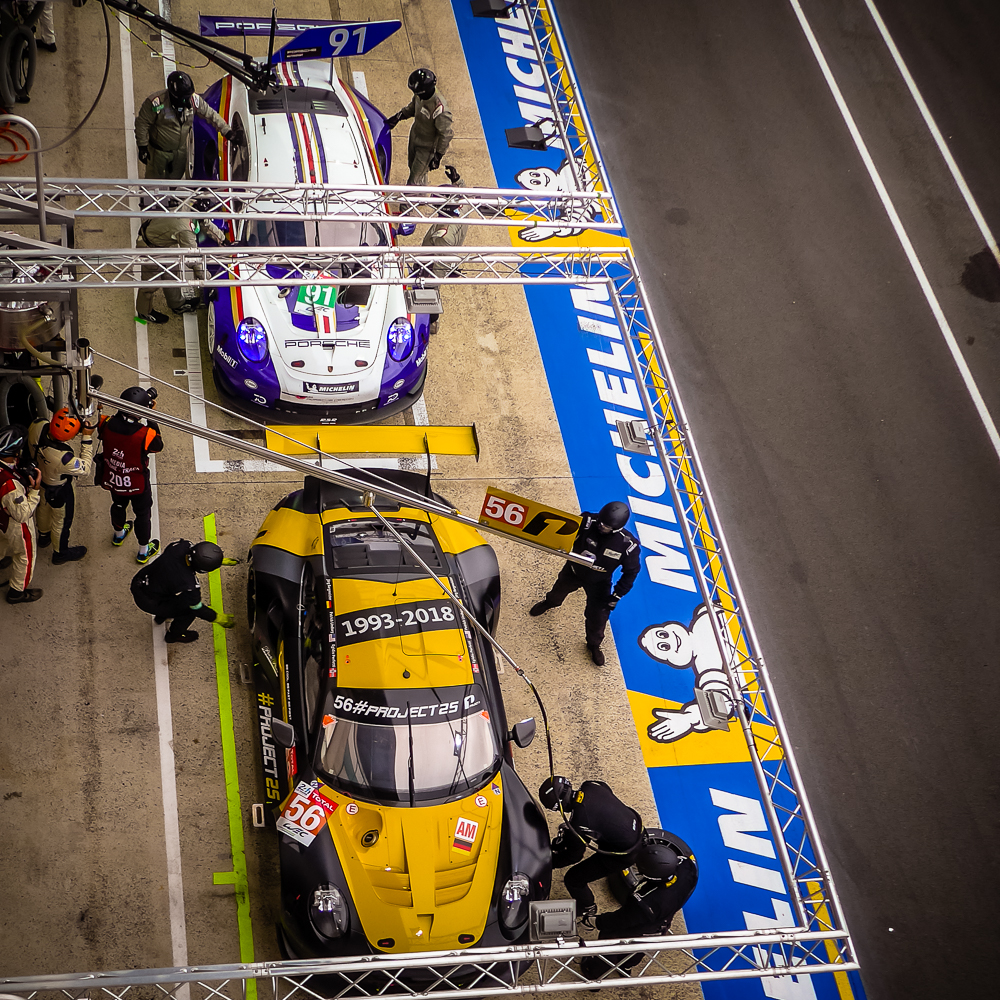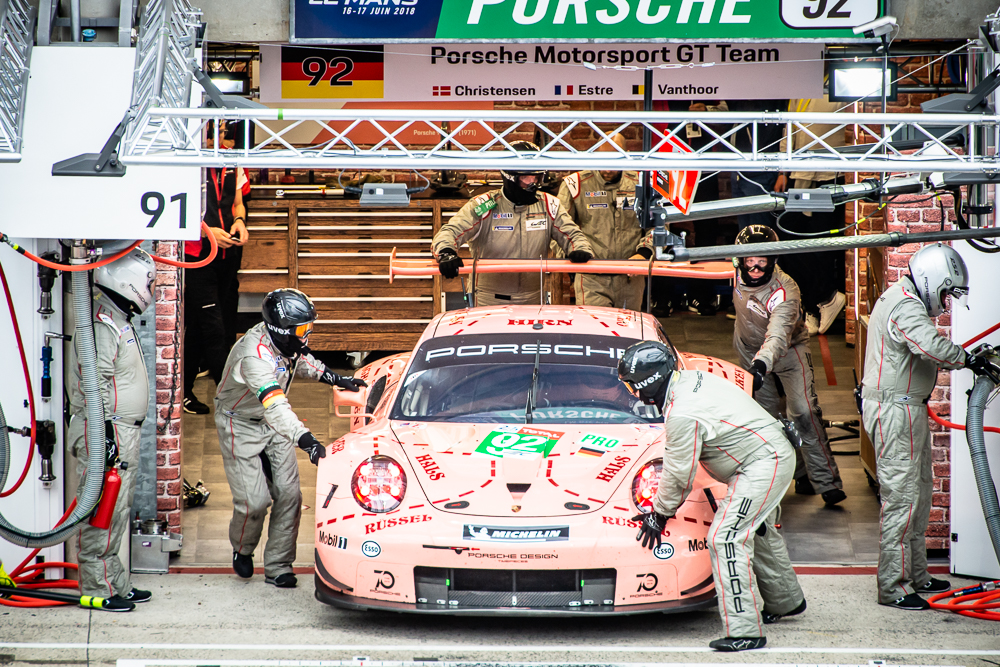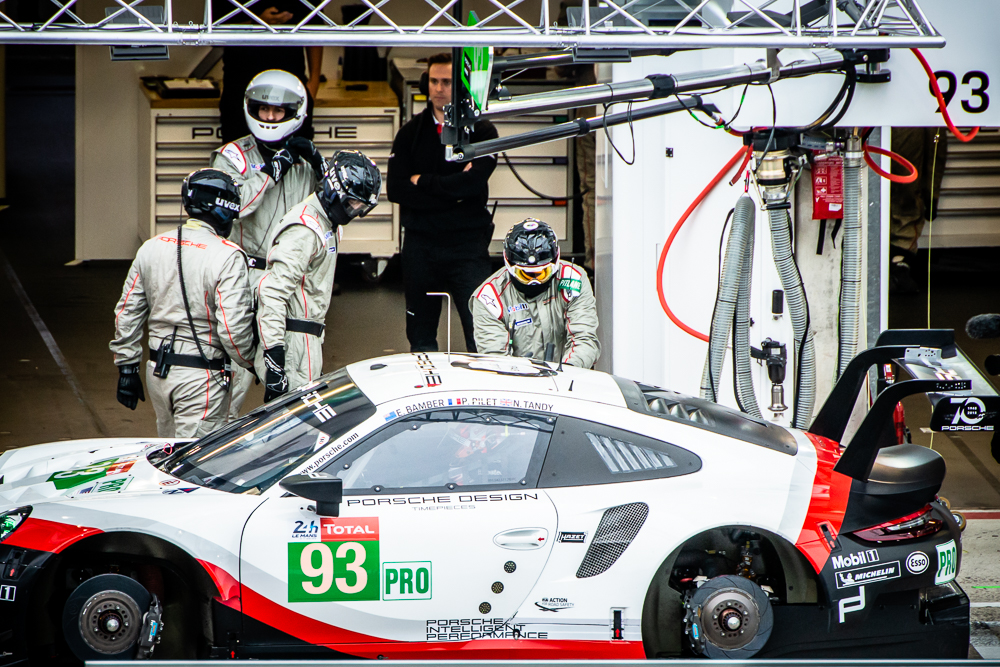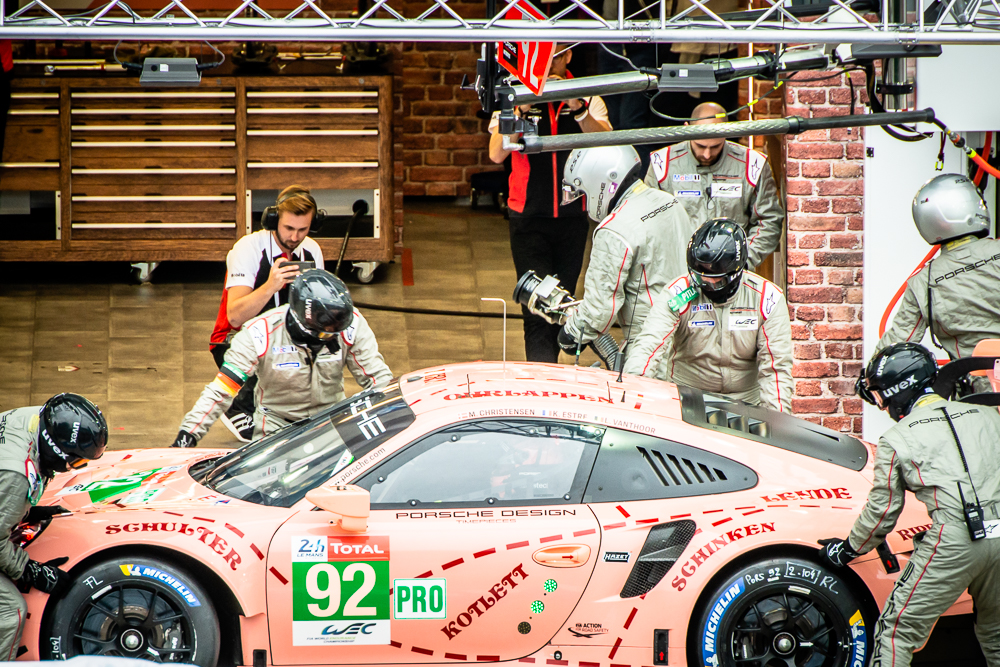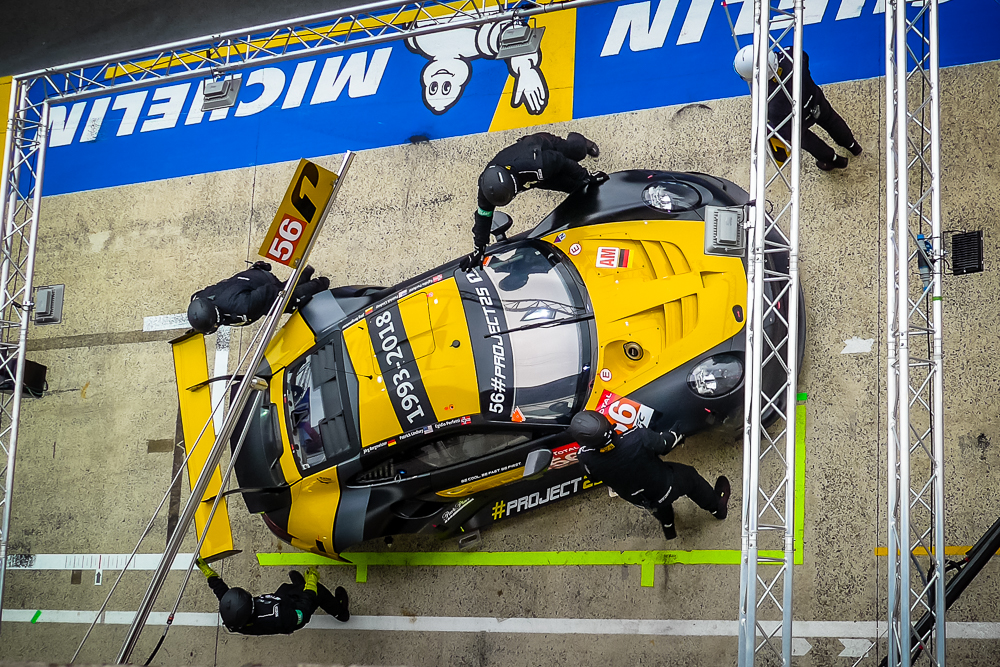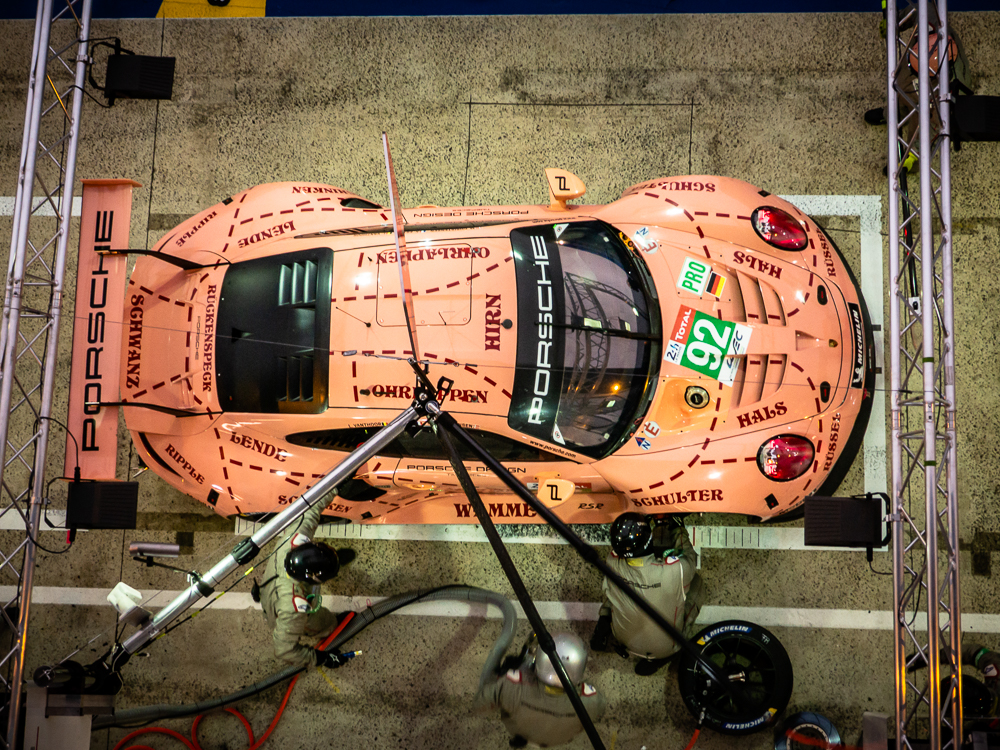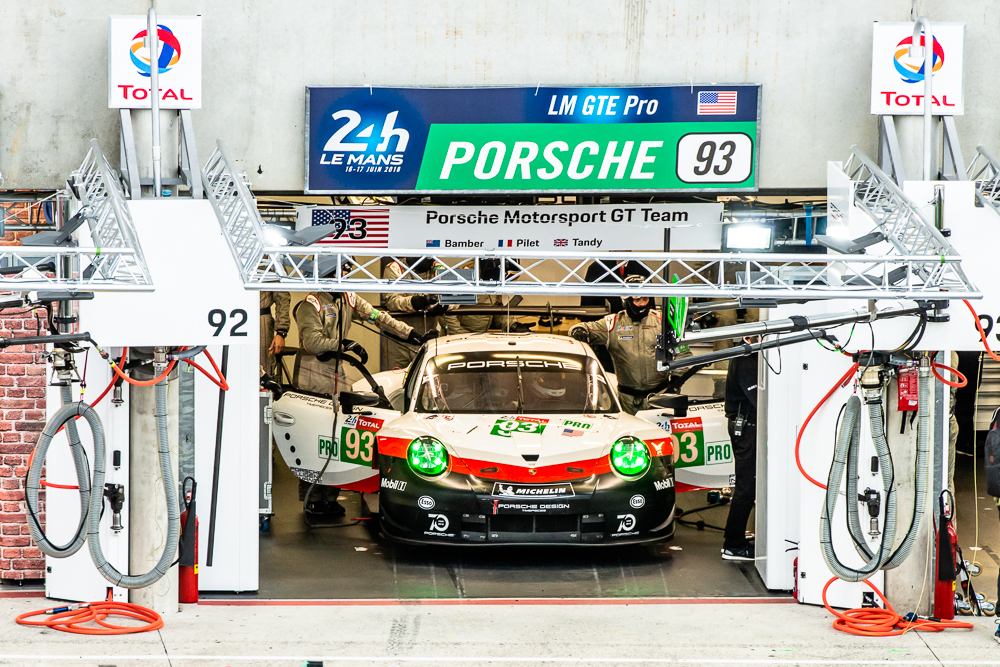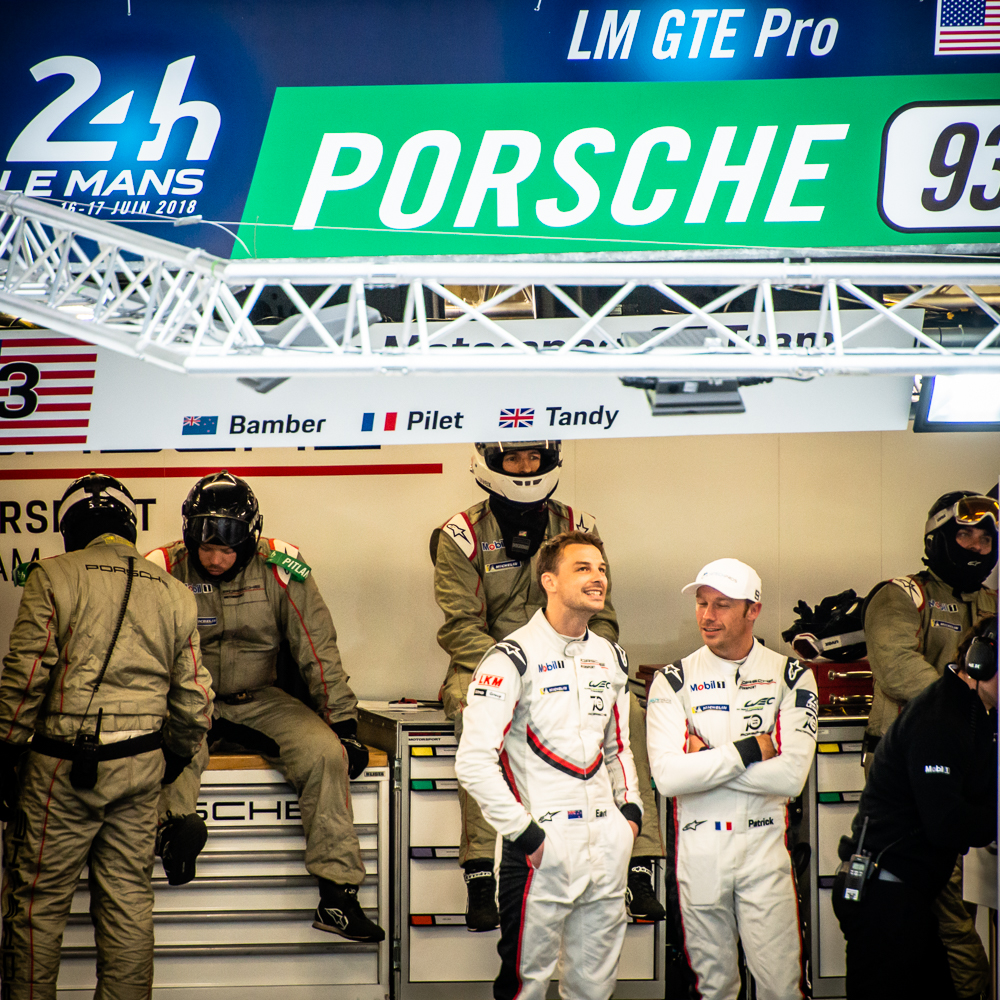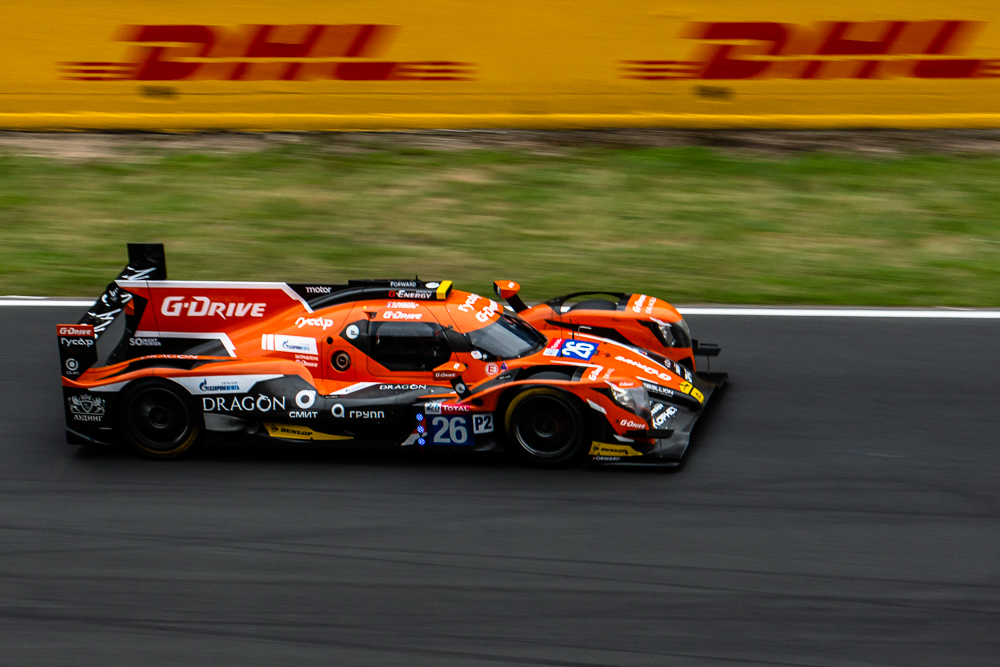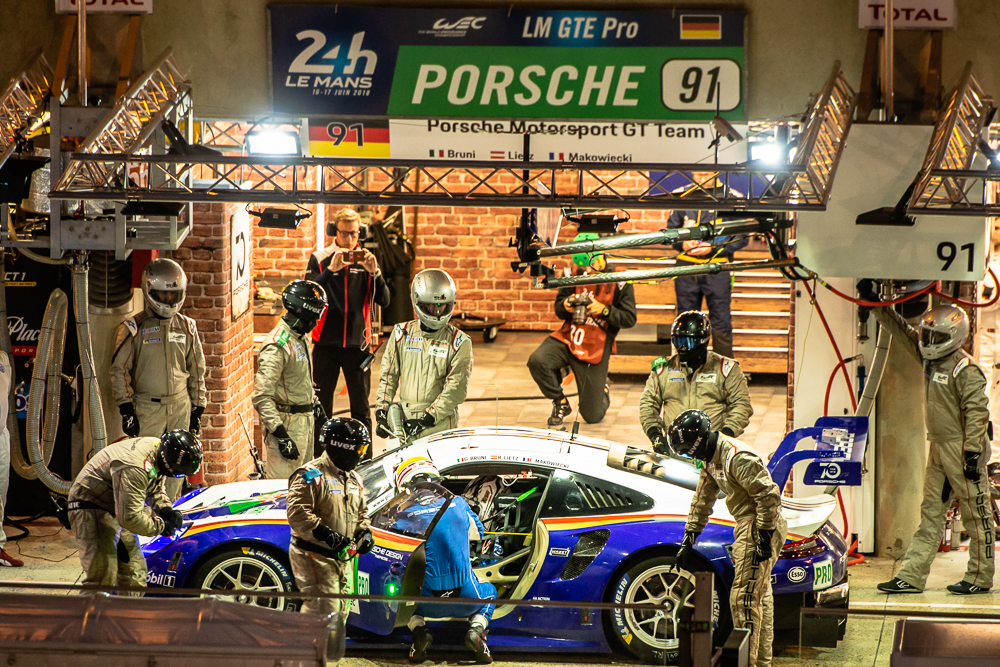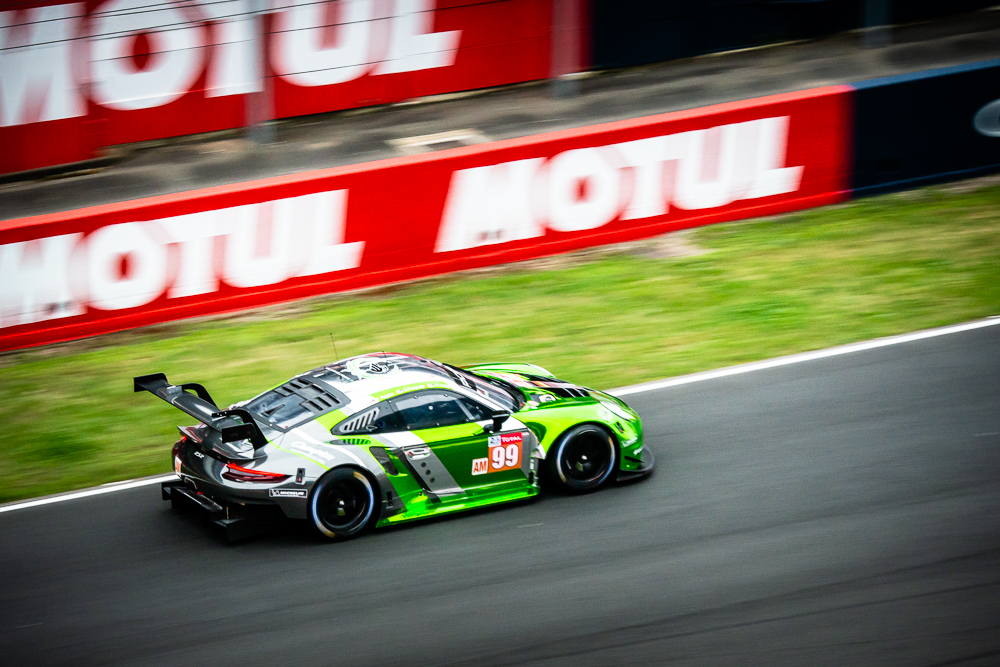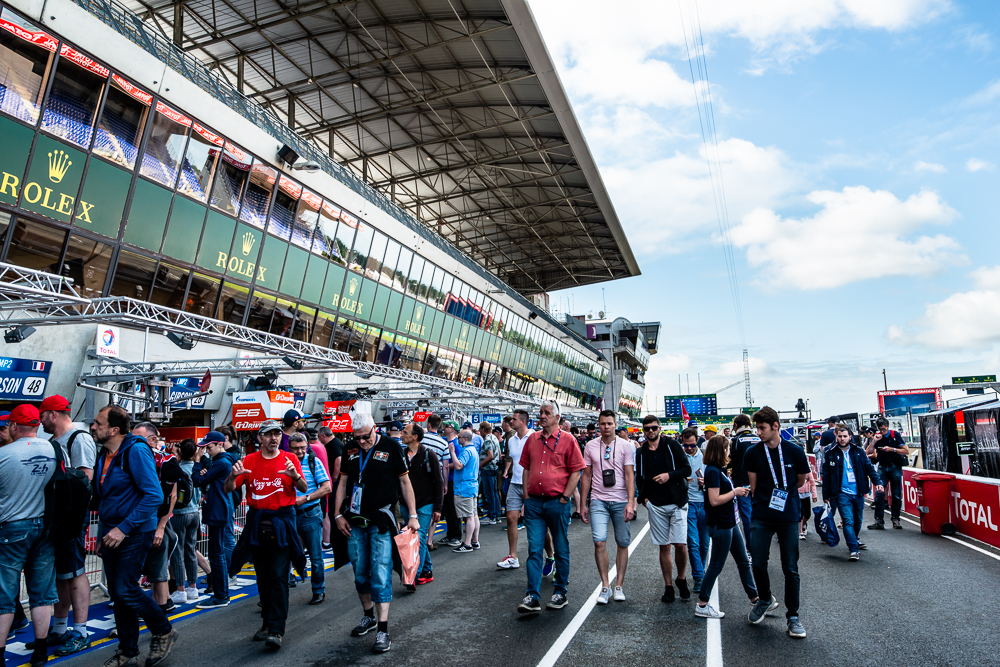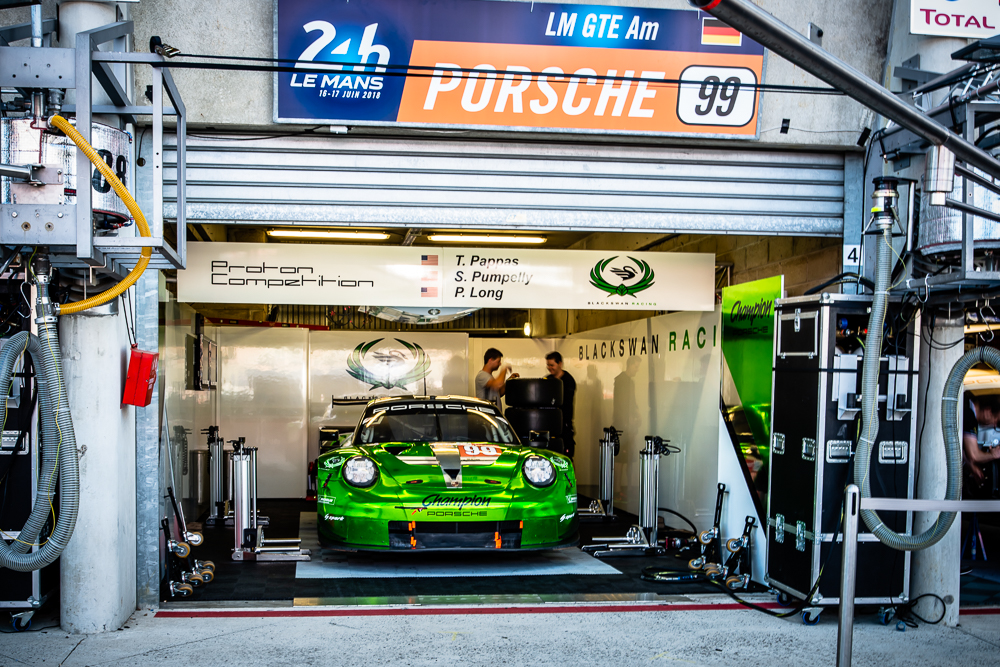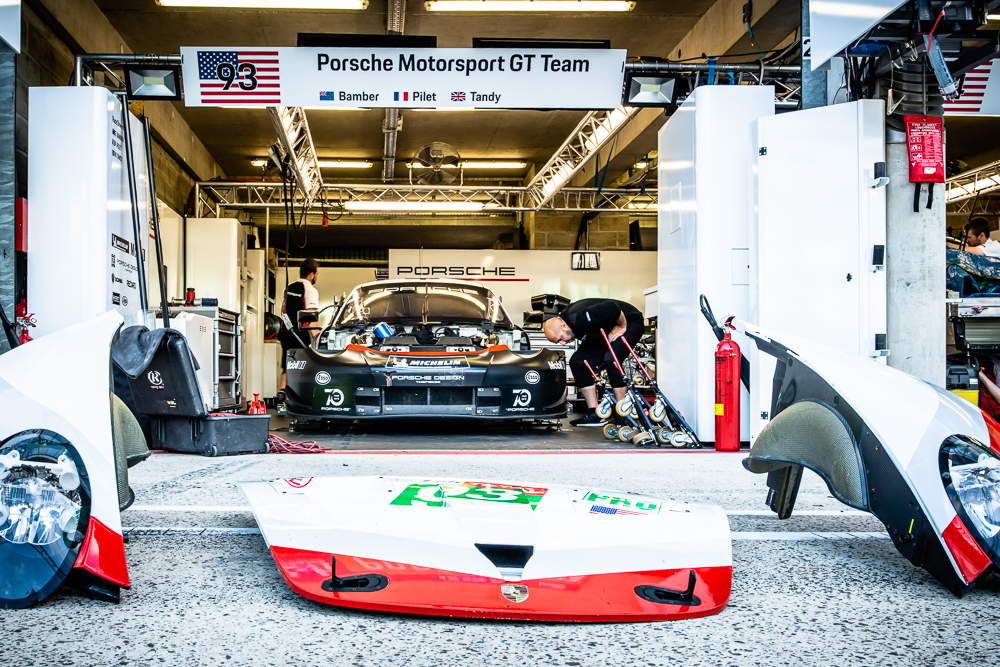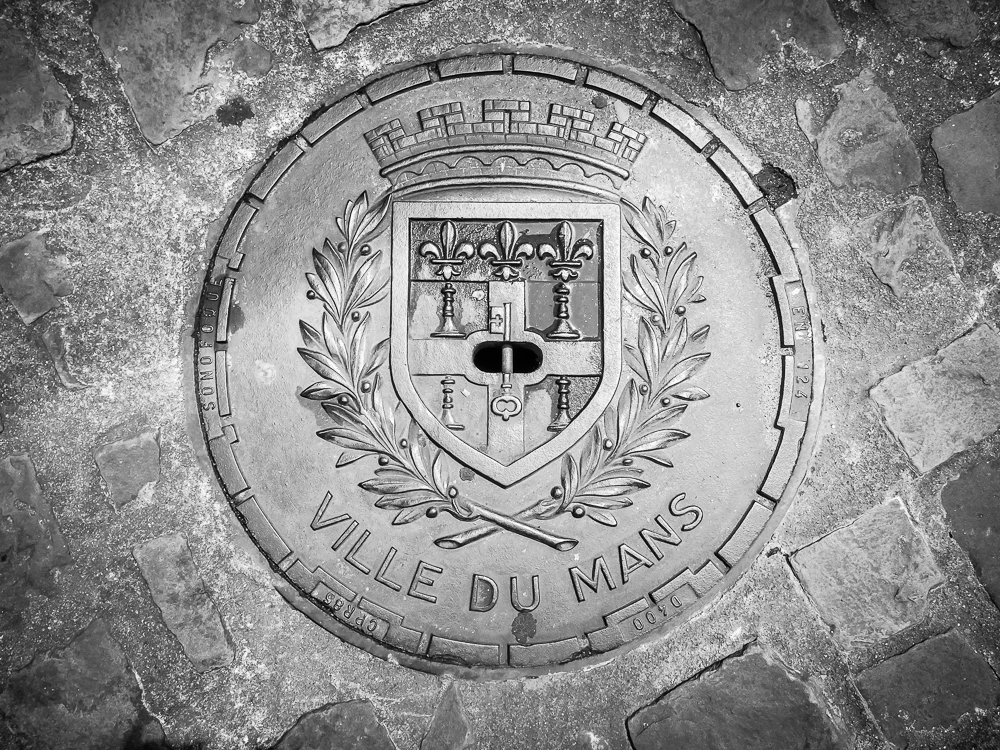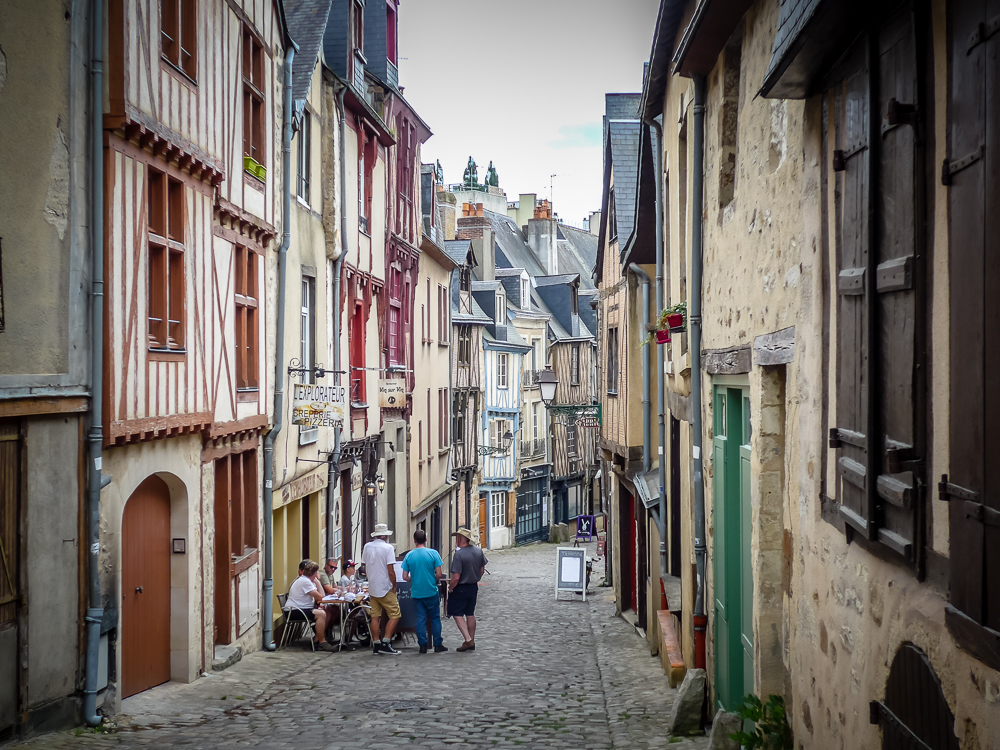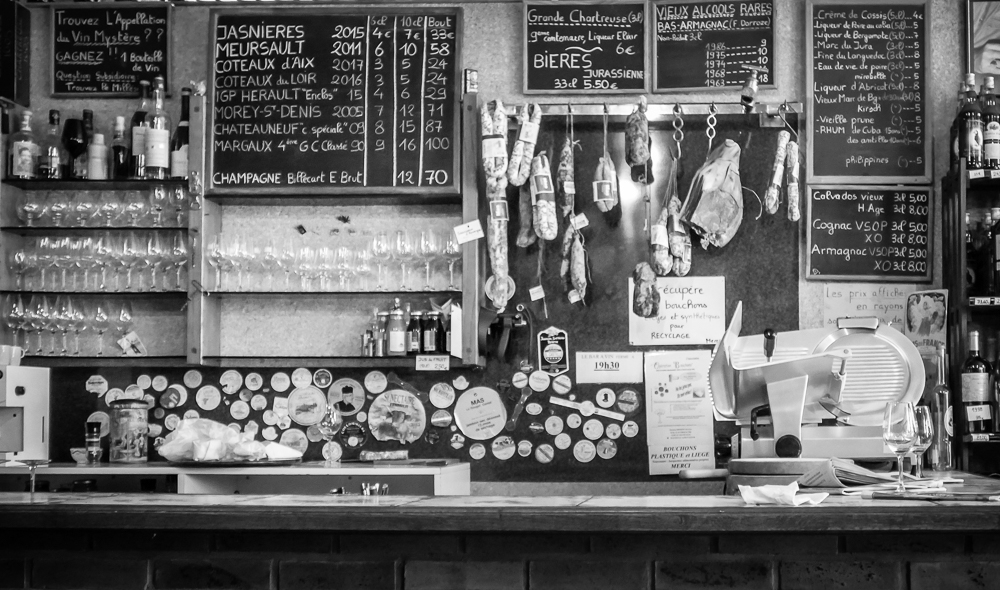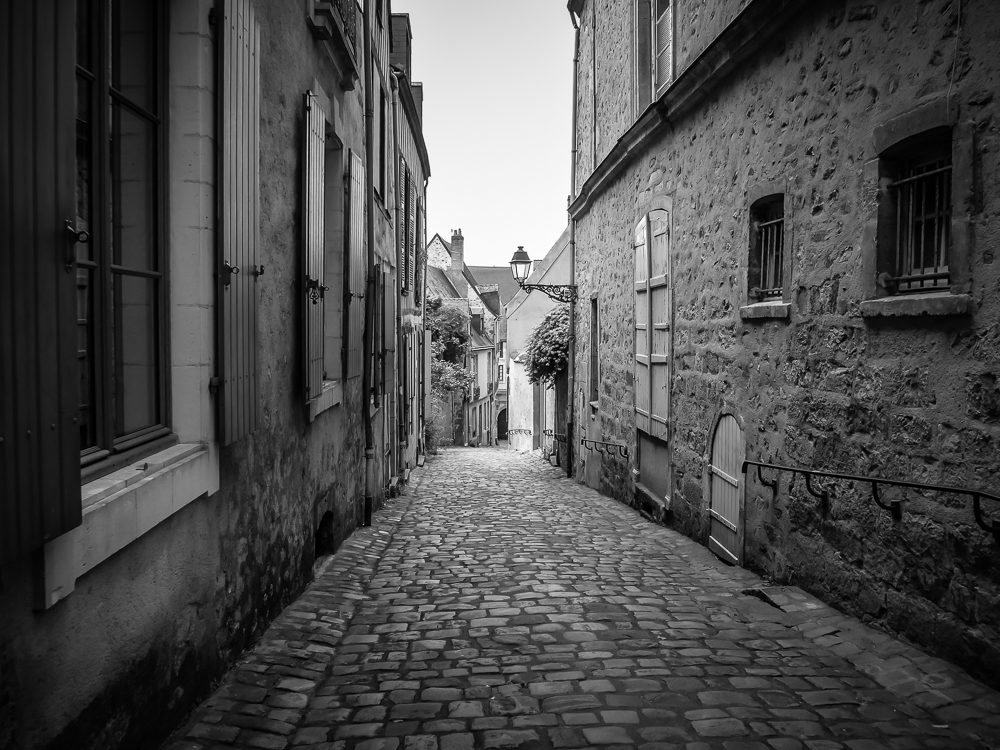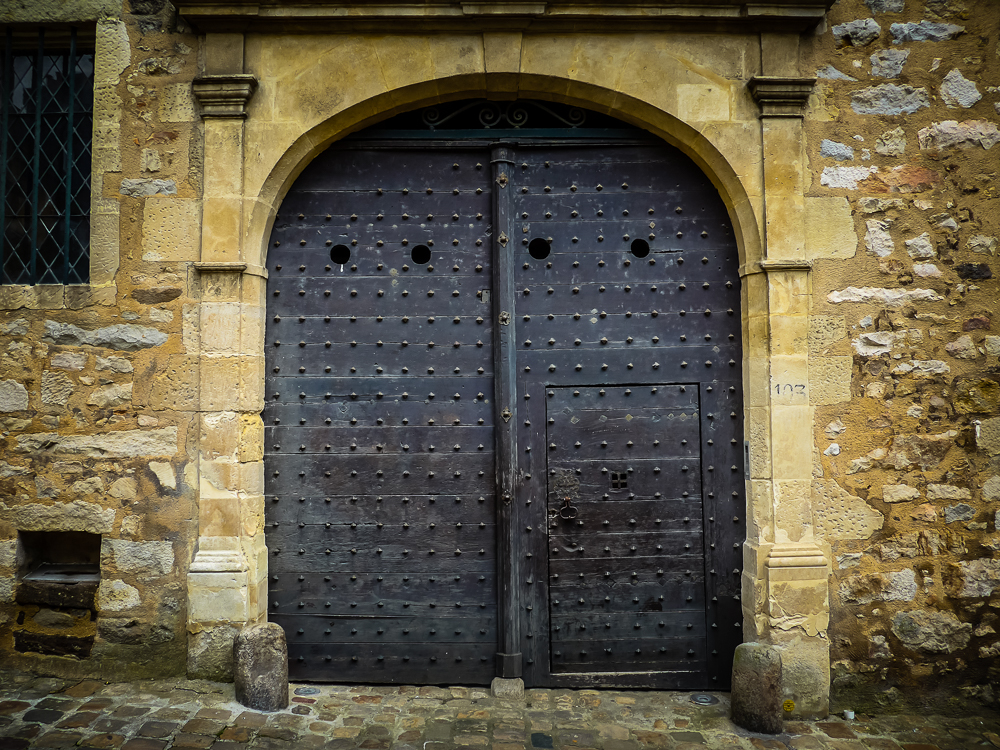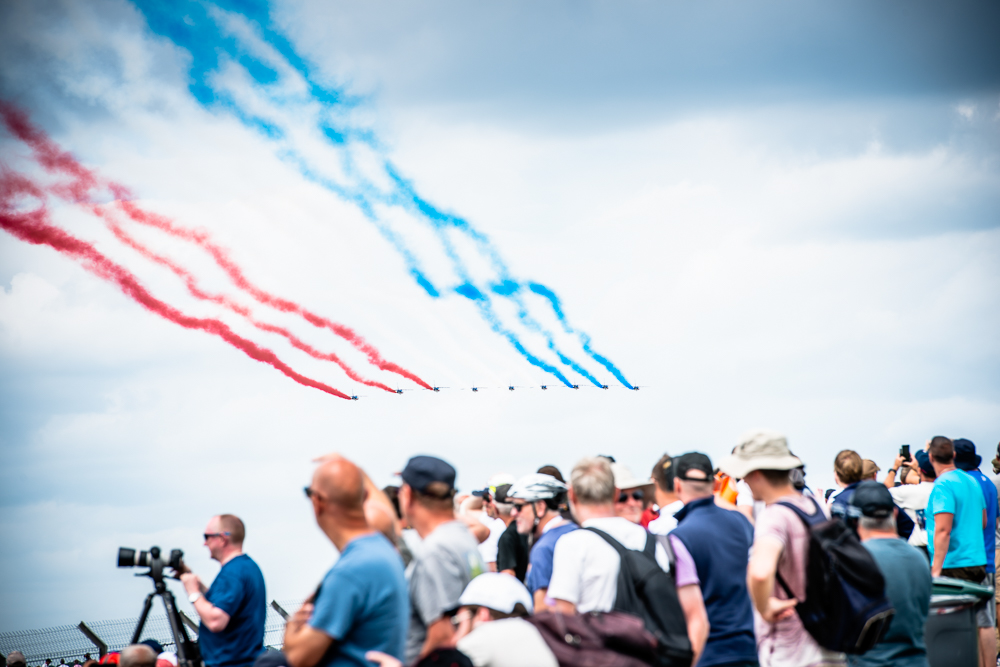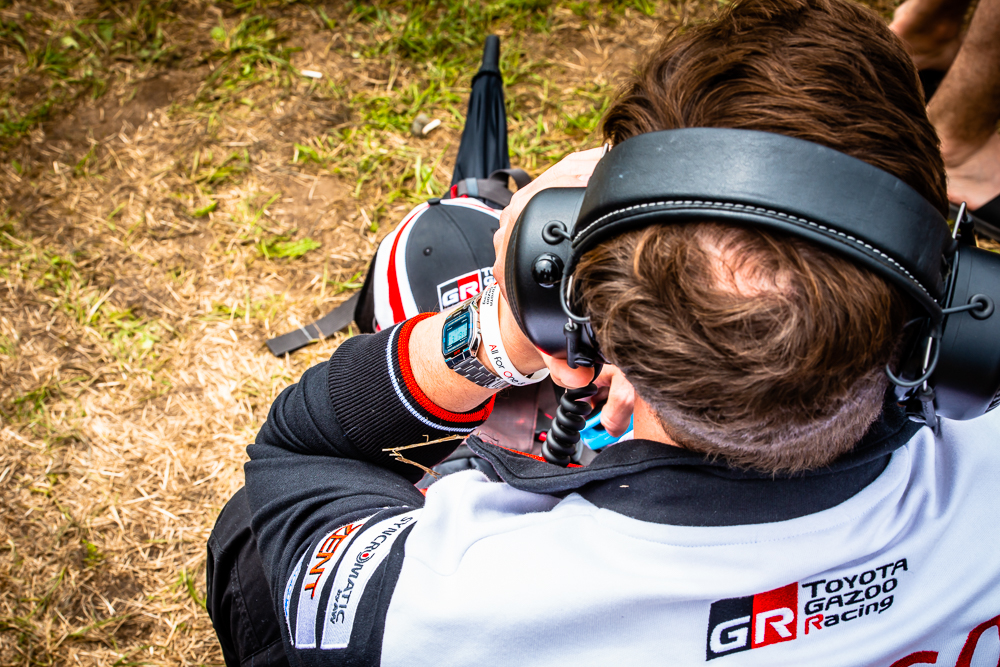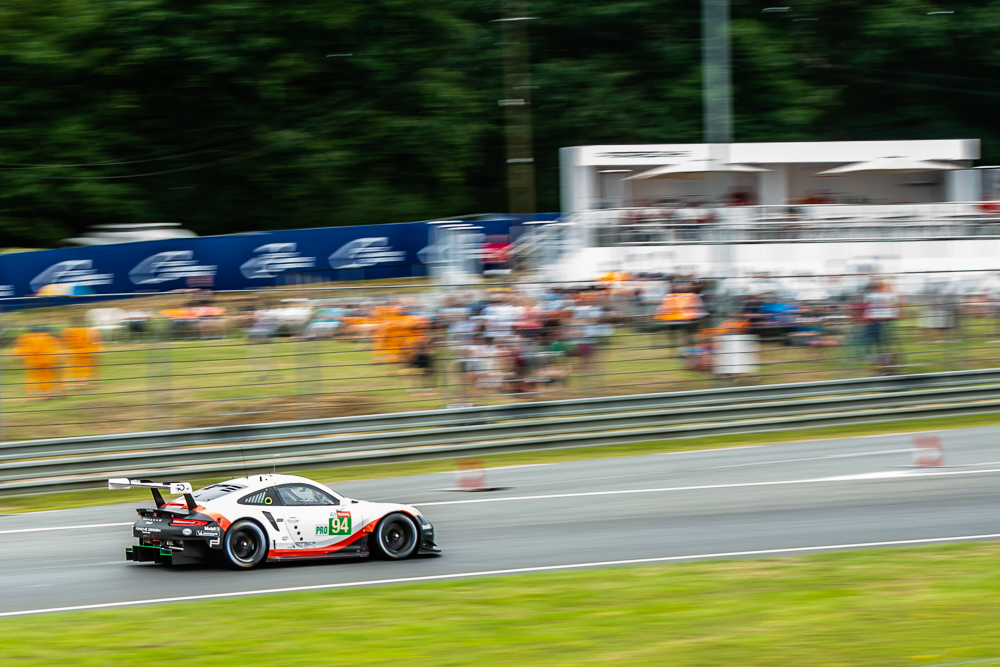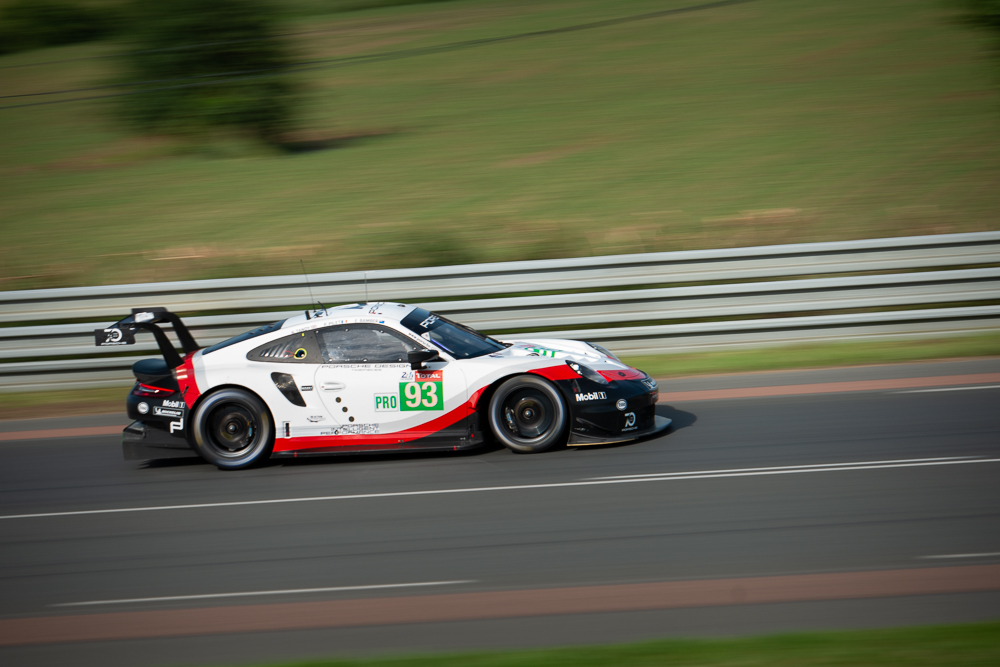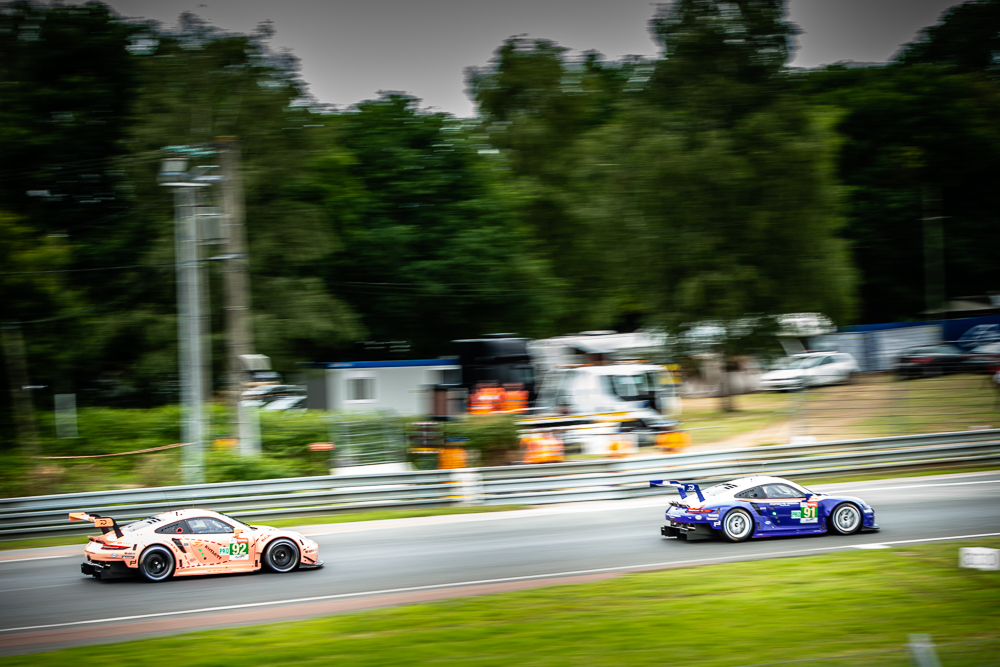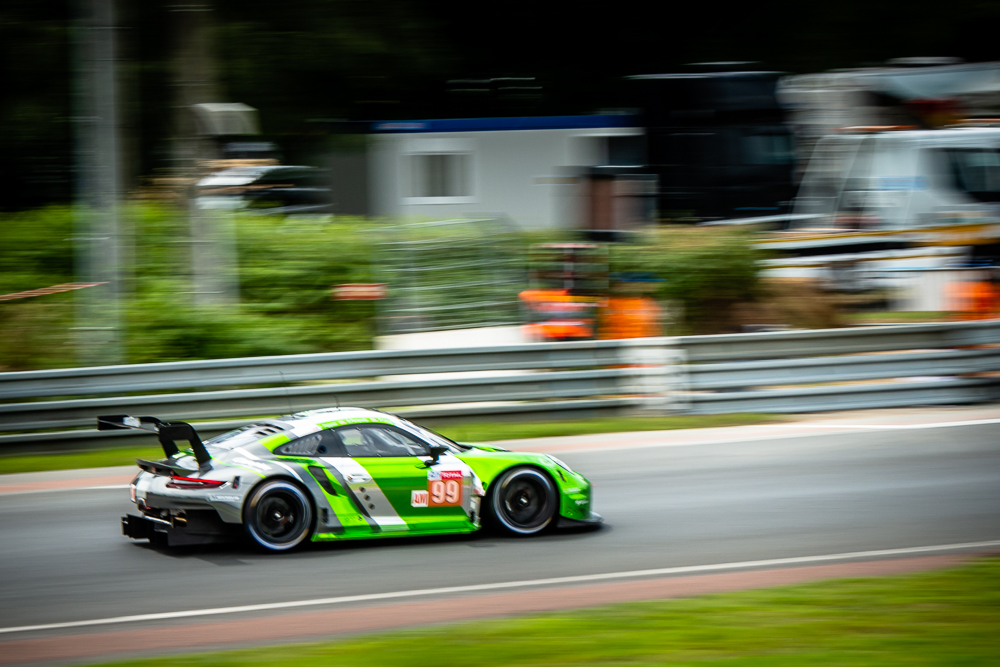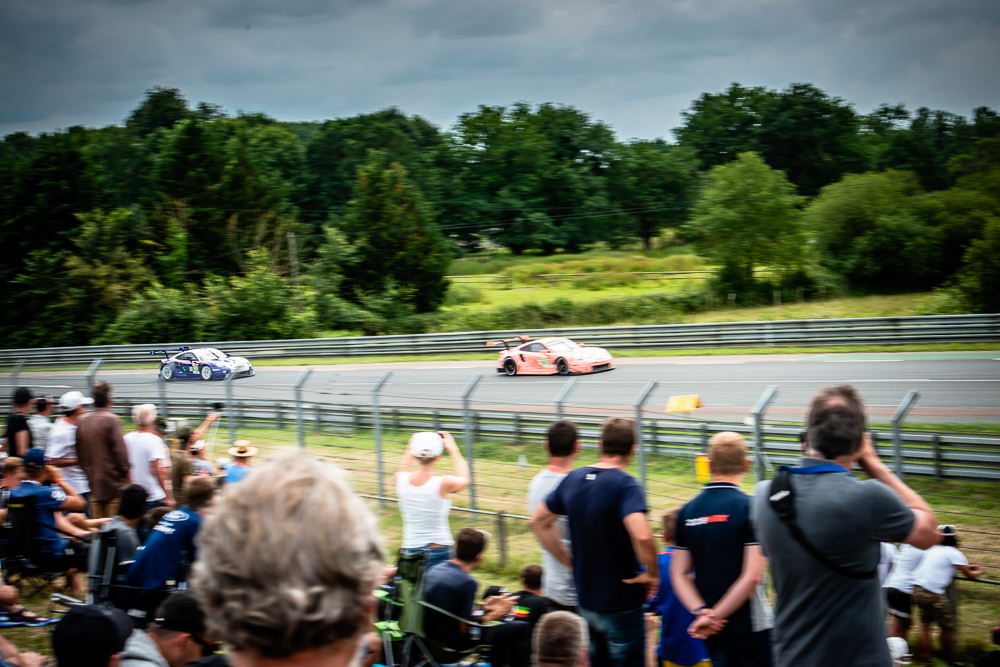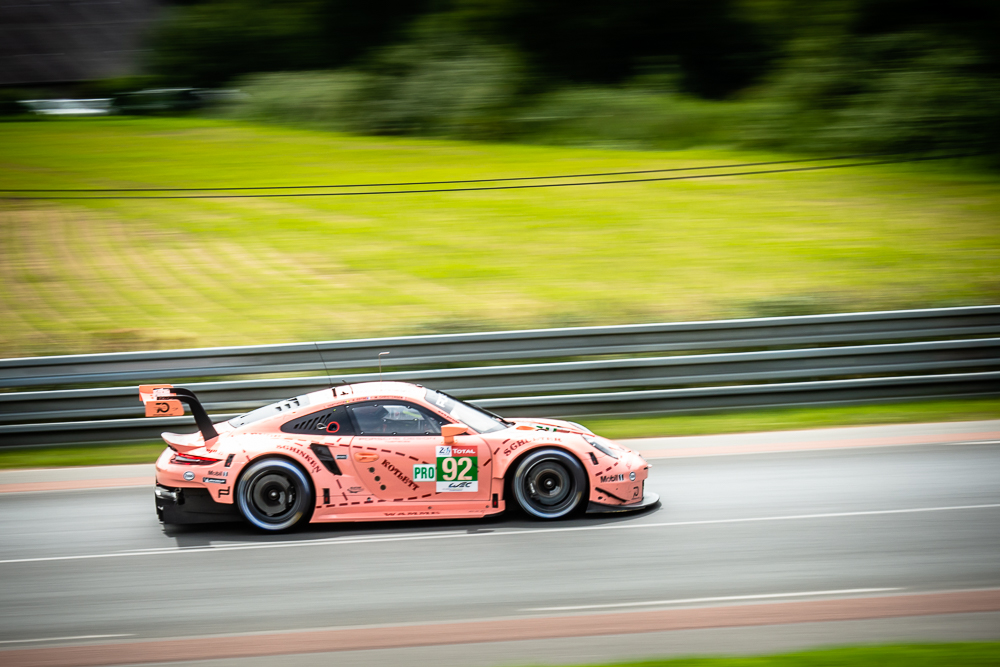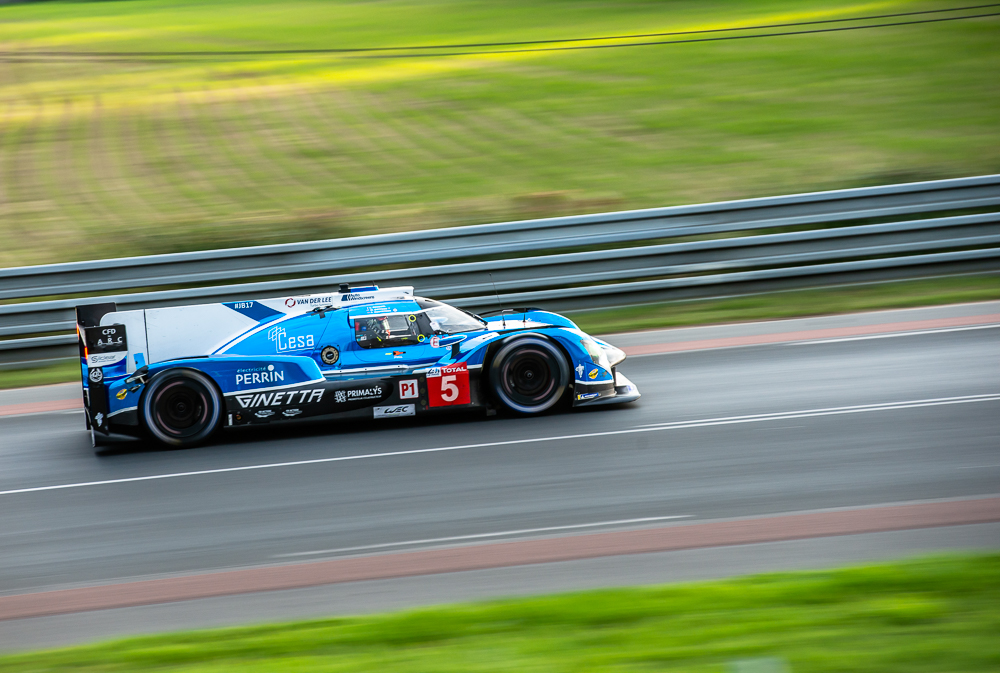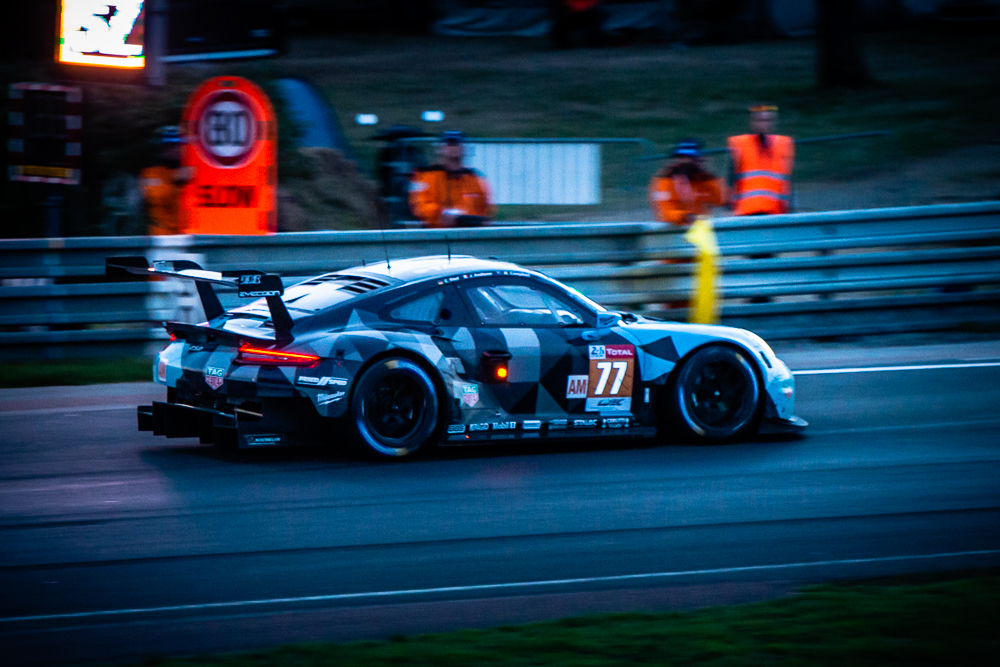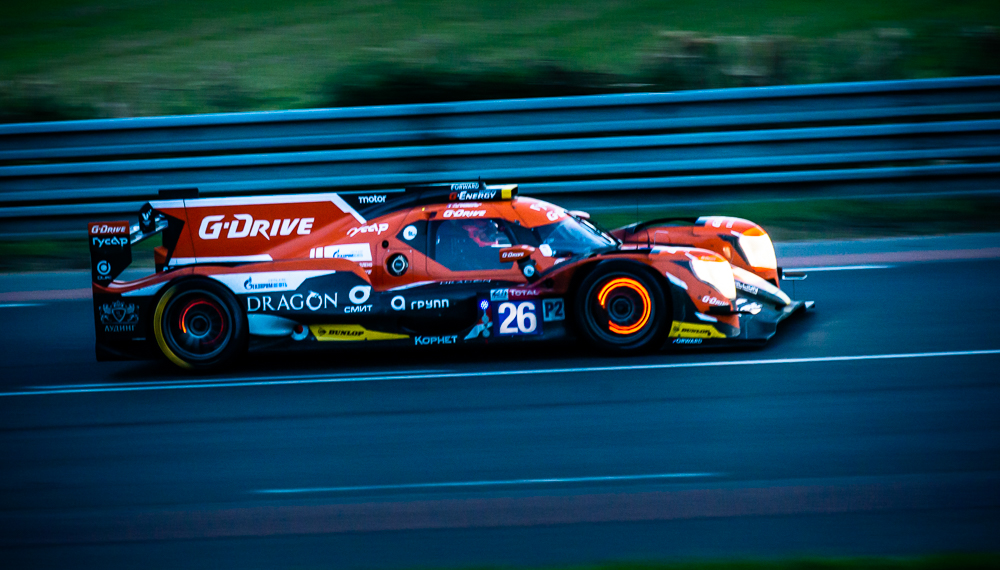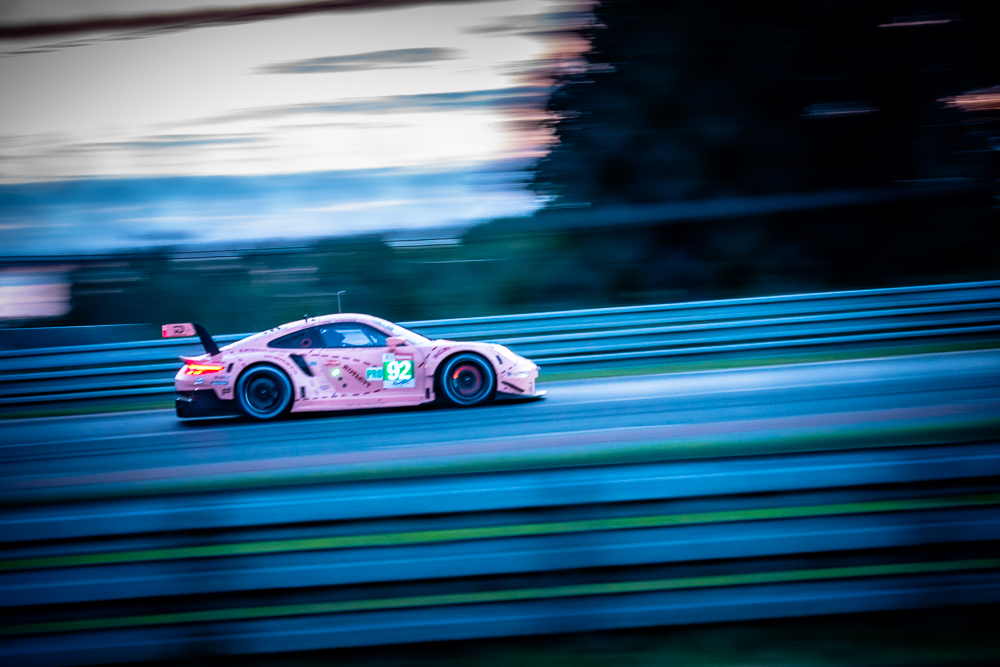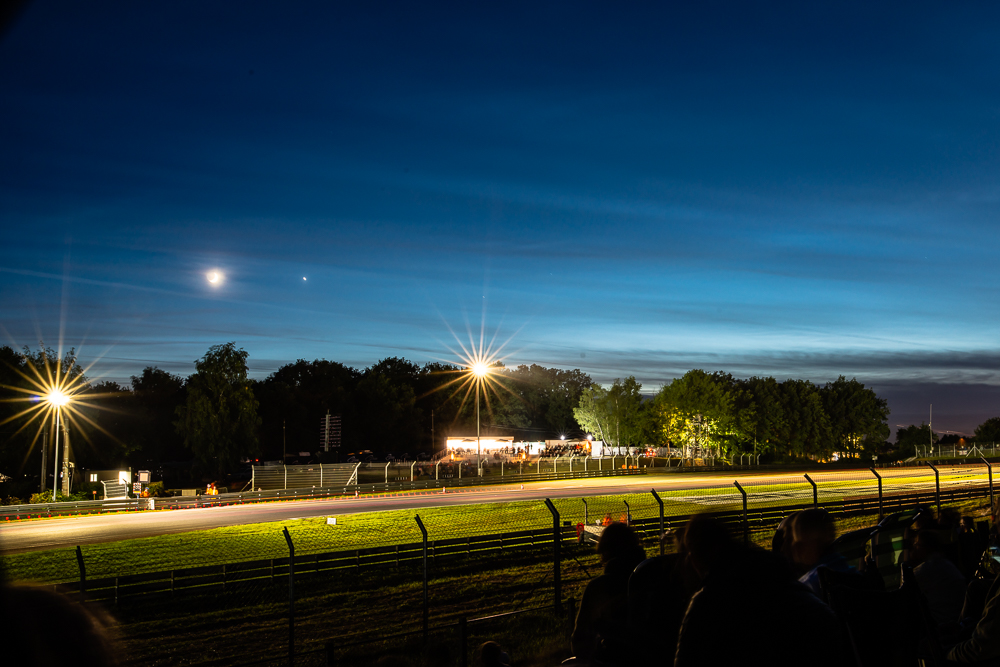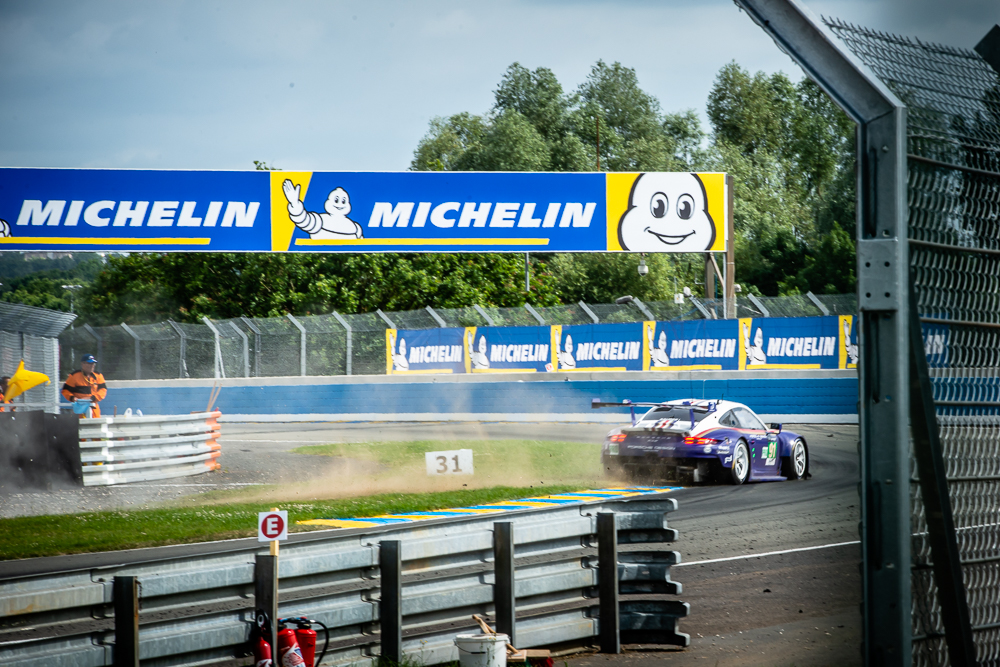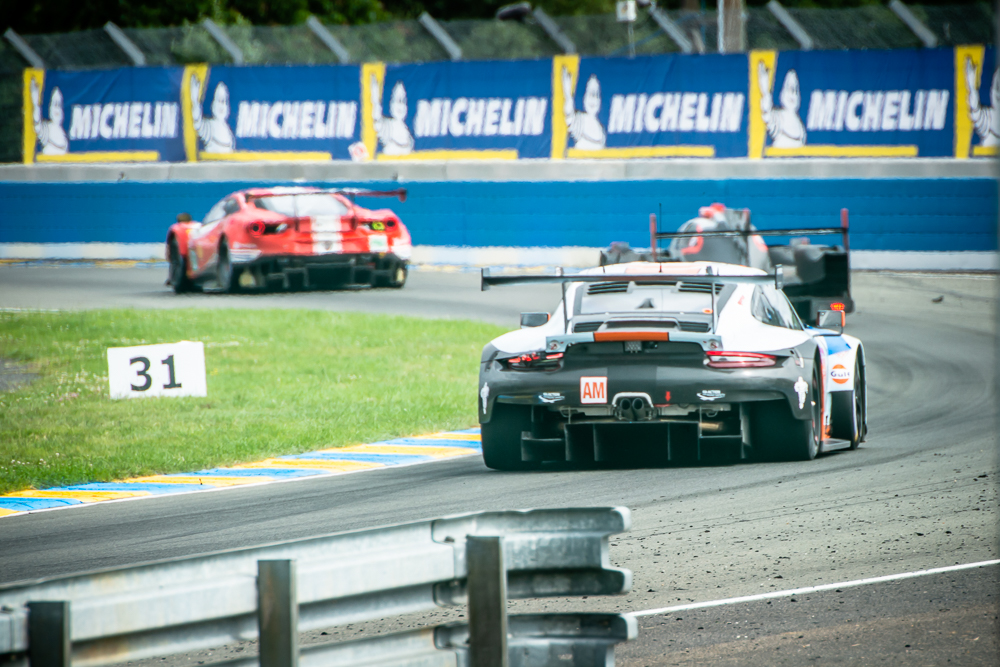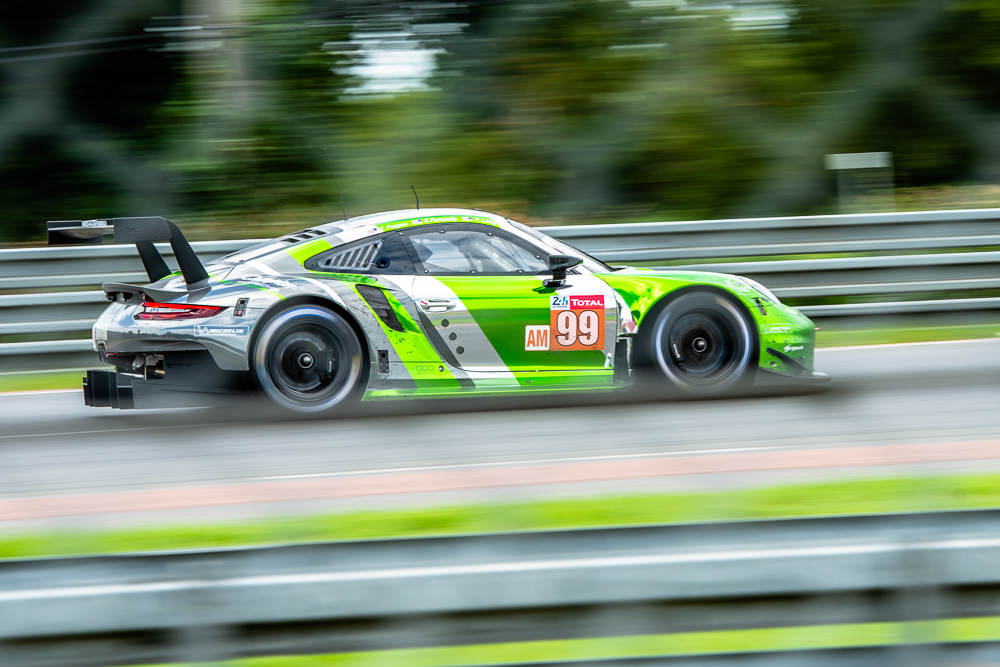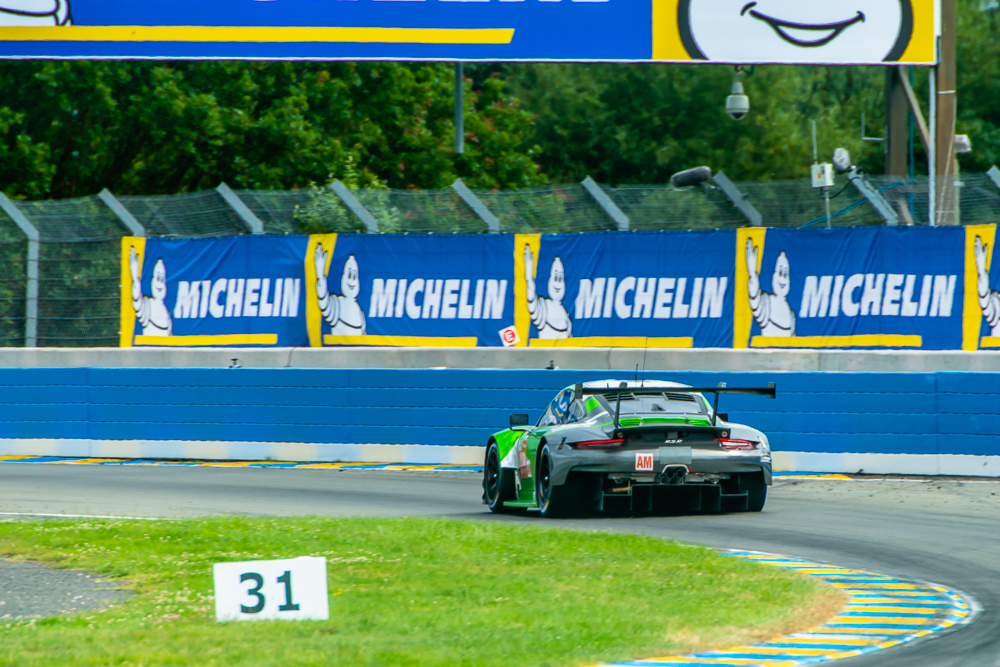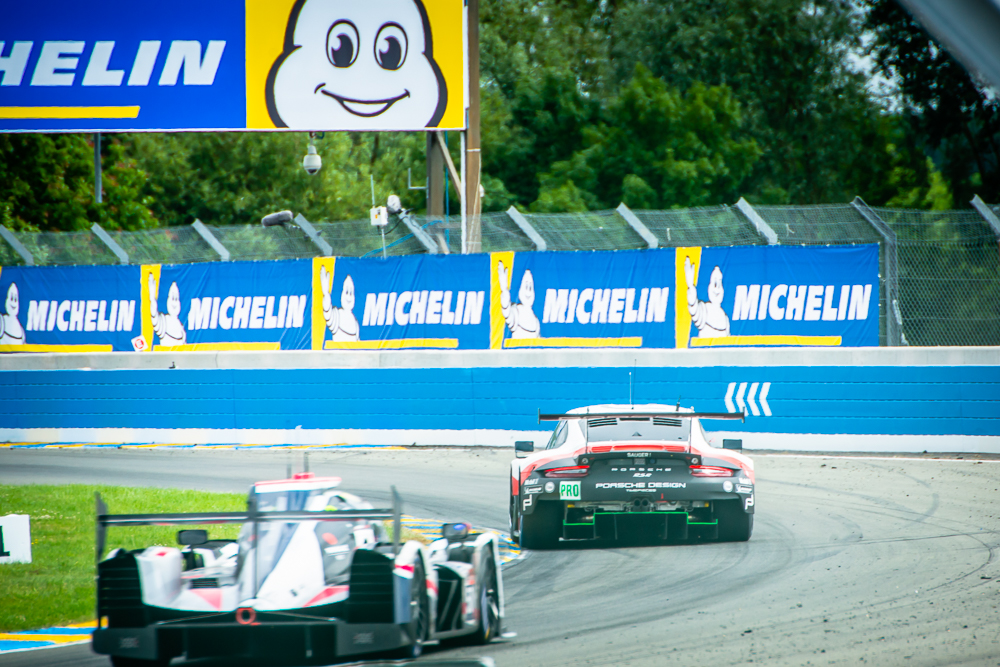24H Le Mans

The greatest race of the year
The annual pilgrimage to the ‘greatest race on earth’, also known as 24H Le Mans, takes place in mid June each year. The mixed field gives more variety than F1 or Nascar, the endurance length gives it a full event circus feel. Unique in the motorsport calendar.
Held at the Circuit des Sarthe, just outside the historic city of Le Mans, hundreds of thousands of car and motorsport enthusiasts descend on the town to take in the heady fumes, thrills and spills of long distance endurance racing.
Racing which can change the standings in the blink of an eyelid, or the failure of a gearbox. With leaders tumbling down the field as their engineers frantically working to fix their cars.
What other race do you wake up and find that everything has changed, the drama is intense. If it was a film script it would be rejected for being unbelievable.
The long lead up accelerates with the qualifying laps held on Wednesday and Thursday, including night hours.
Practice Practice Practice
At the heart of 24 Le Mans racing are the Le Mans Prototype classes (LMP), driving automotive innovation, much of which evolves into the road cars we drive today.
The practices and qualifying sessions are a great way to shake-down the cars, working out the niggles, and getting the setup just right. Right up to the end of qualifying, tuning is taking place.
Porsche dialled back the suspension settings on the GTE PRO RSR’s after two of them suffered from lifting back ends, ending up in the kitty litter and a wall.
With mist in the air as qualifying round three got underway, the organisers declared it ‘wet’ allowing teams to change tyres. Many garaged their cars, with a view that they would not be able to better their times and the risk of damaging the car was too great.
The Toyota team took a different tactic, swapping though their entire tyre wardrobe to give the drivers a good feel for the surface. With a #1 and #2 on the grid secure, it was time well spent.
Friday Pit Walk and Rest
For some teams Friday is a rest day, final checks done, a chance to get some sleep. For others it is a tough day of rebuilding the car. The #94 Porsche RSR driven by Muller in qualifying gave the technicians a heavy pre-race day, a chassis up re-build, and still made it to the grid at the start.
The Old Town
A surreal moment in a Le Mans 24 hour weekend; a wander through the quiet and cobbled historic streets of Old Le Mans. Stopping for a glass of wine and plate of charcuterie in a quirky wine bar, with the locals. A million miles away from the razzmatazz of Le Mans.
Camping Life
For many, the only way to experience 24H Le Mans is to camp, returning time and time again, with friends.
There is a special vibe that comes from camping trackside, with the action happening just outside your tent door, the roar of engines lulling you to sleep. Waking up in the morning, grabbing a coffee and standing on Porsche Curves as the sun rises, catching up on where the night legs have left the standings.
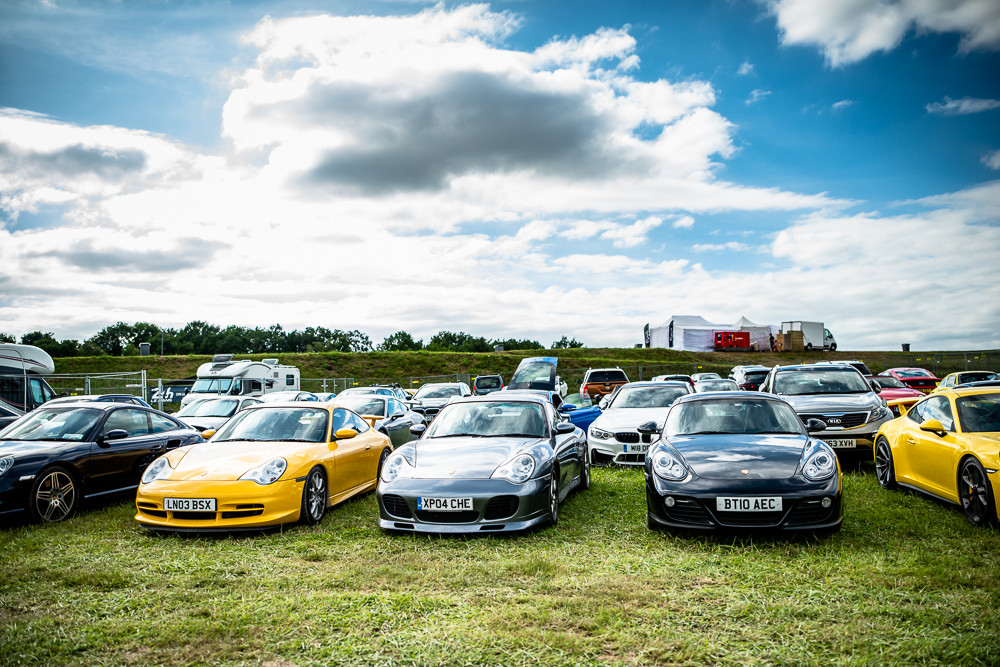
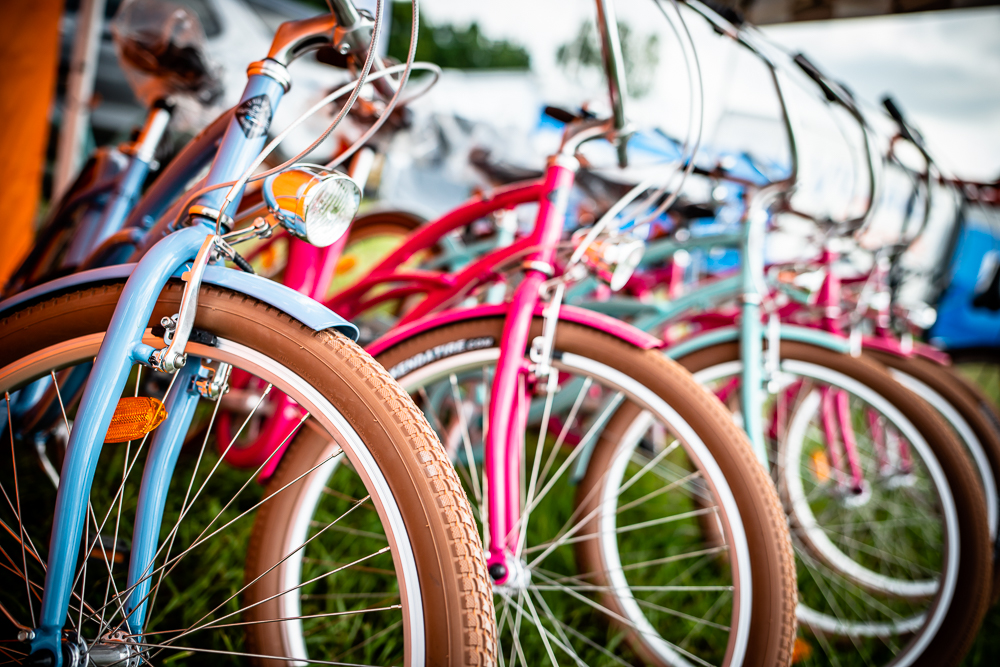
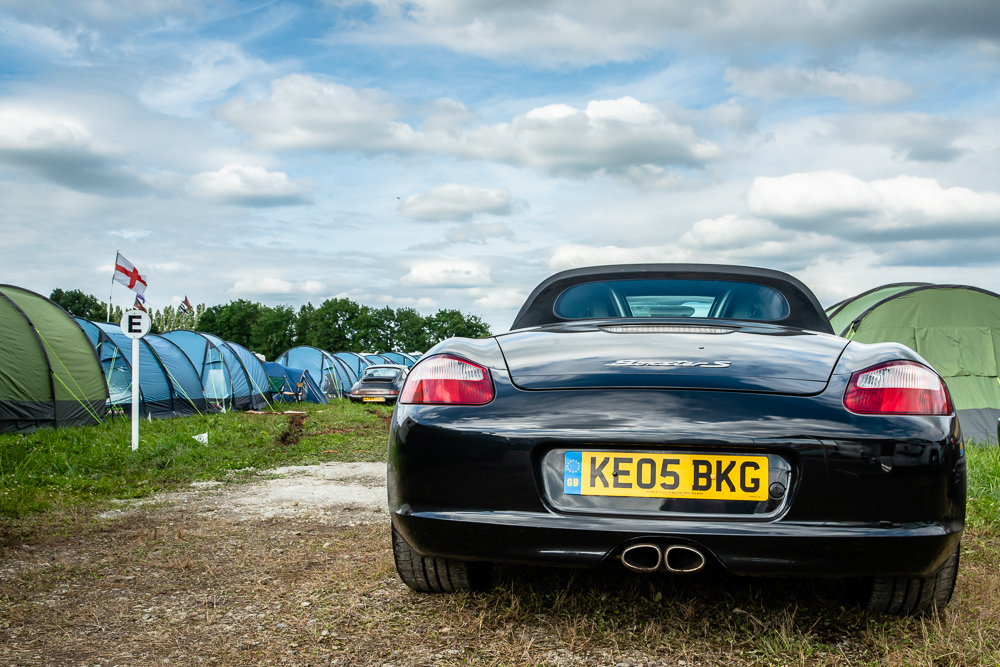

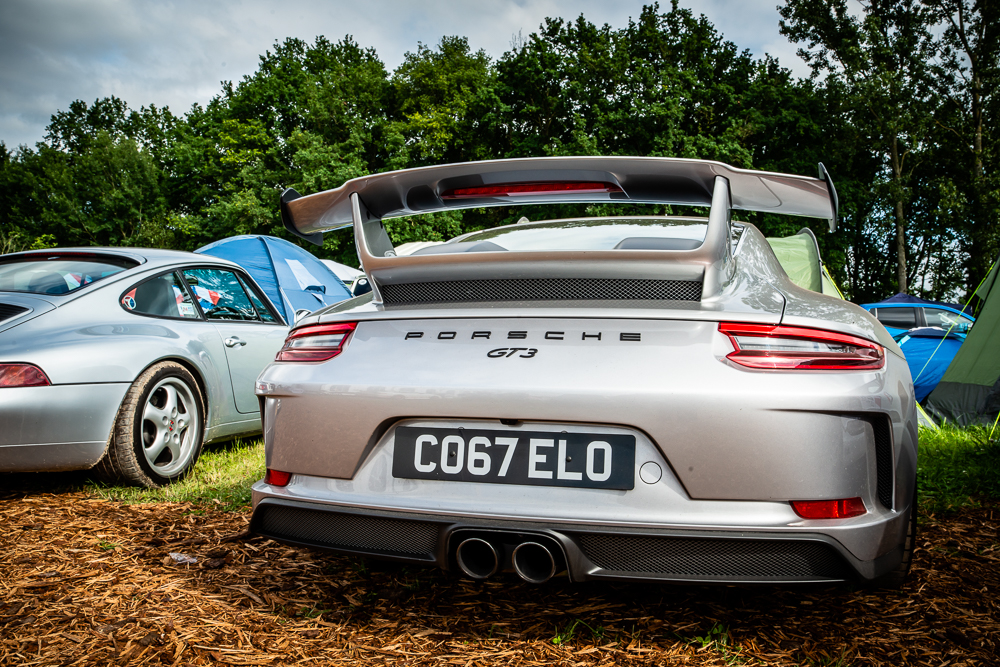
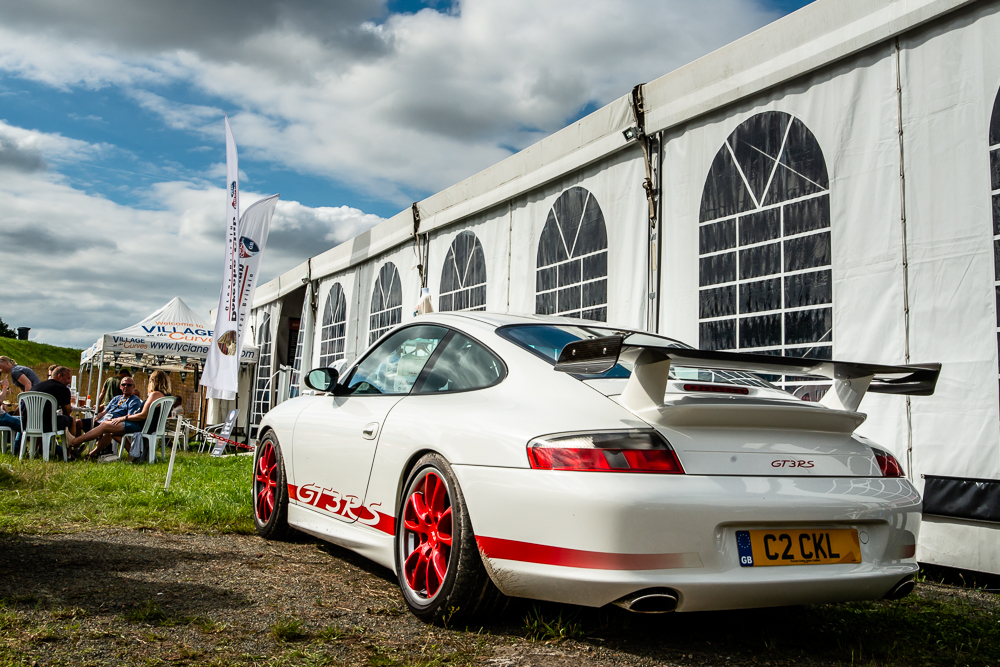

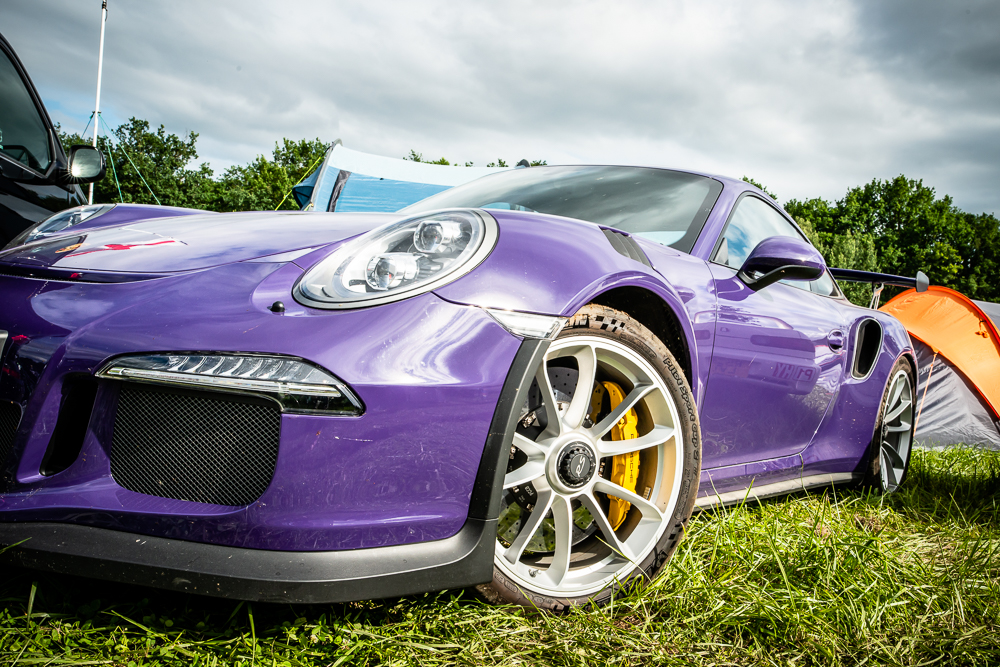
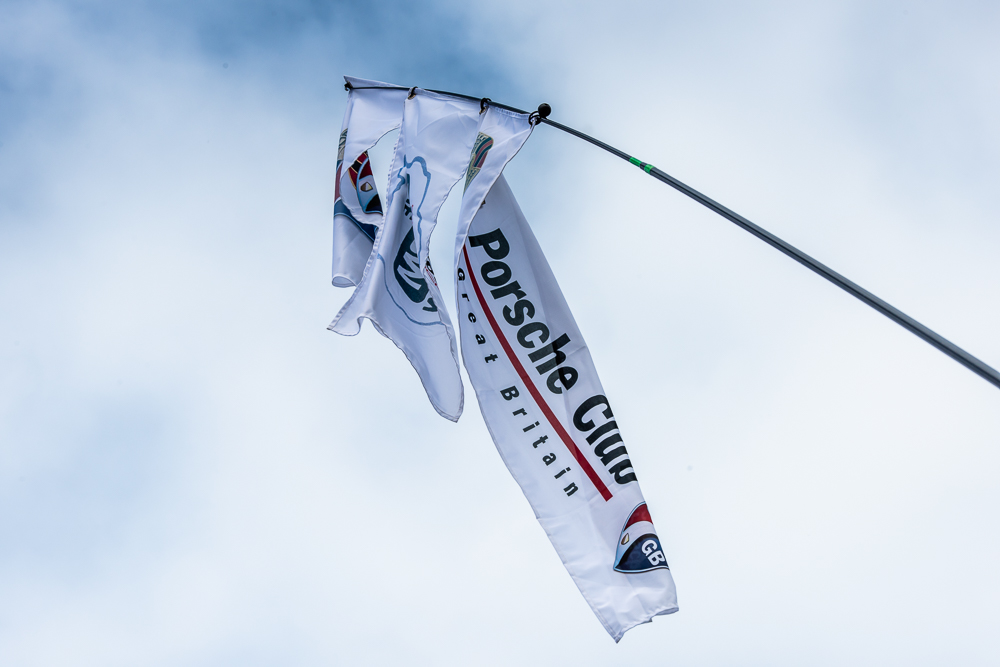

Race Day
The early morning warm up session is a great way to warm up to the race. Just 45 minutes, and the roar of the engines prepares you for the long stint ahead. Soaking up the atmosphere before settling in for the race start at 3pm.
High up on the Porsche Curves, the Toyota ‘spotter’ had been sent out as an early warning of rain, with the belief that knowing before the other teams would give an advantage. The weather at the circuit changes quickly and can often by bright sunshine in one corner, and torrential rain and thunderstorms in another.
Having fought for the grid position Andre Lotterer almost put the #1 Rebellion Racing car out of the running with an incident on the first turn, as the front of his LMP1 came undone. Crawling back to the pits without the assistance of the down draft the car spent the next 24 hours chasing down the field, clawing its way up the pack, as its sister car, the #3 Rebellion held its own. A podium place dashed by the reliability of the Toyota’s.
The differences in the classes is most visible at the start, as each class is bunched together for the first few laps, until the LMP1, then LMP2 classes start lapping and working their way through the field.
The chassis rebuild of #94, an impressive feat in its own right, was not enough to stay competitive. Unable to maintain the speeds, and slipping down through the field, the car finally succumbed after 95 laps and retired.
As night descends and the last glimmer of light leaves the sky, the glow of the brakes becomes visible, especially as drivers bleed off some speed before heading into Porsche Curves.
The different braking styles differentiate the pack, with the LMP1 cars barely breaking, the down draft provided by their wings enough to spirit them through the turns. The adage of slow in, fast out is well practiced.
Dawn breaks, and the cars are looking tired, paintwork spattered with stone chips, but the drivers keep the consistency high, putting out competitive lap after competitive lap, seeing the gap for an overtake. never believing the race is over.
Observations
This race was more a parade than any others I have seen. The Toyota’s took an early lead as did the GTE PRO Porsches. The interesting tussles were further down the pack with the #68 Ford taking on the #91 Porsche and the battle in the LMP2 class.
Both Toyota and Rebellion managed to get both cars home, demonstrating the improving reliability, and modular repairs in these prototype cars. Ultimately the only way to test a car is to race it for 24 hours, as one of the team engineers commented; you could never predict the impact racing for 24 hours has on a car unless you have tried it.
For me, it is the people you meet and the stories you hear and swap that make you part of the Le Mans community. A chance meeting at coffee with David, the Kiwi owner of RaceTech in Wellington, who supplies the race seats to Porsche, Aston Martin and others. Something that has revolutionised this family owned business.
The village gossip was rife about the 'super season' of 18 months, with the next 24H Le Mans likely to be the championship decider and questioning whether the big manufacturers can be tempted back into LMP.
Lessons Learned
24H Le Mans remains one of the best races of the season. Its length requires commitment, spending time soaking up the atmosphere, living with the highs and lows along with the teams, their crews and the ever present marshals.
As a photographer, this was the year when I ‘geared up’, planned my shooting schedule and conserved my energy. So, how did it go?
The good news; I found a bunch of new shooting spots; the Tribune stands for ‘over the pits’ shots and scanning shots along the start finish straight. A sneaky ‘though the fence’ to get corner action at Porsche Curves, a great balcony for pit exit shots.
Old favourites still delighted; the stand opposite the pits for the night action and the banking of Porsche Curves as the sun set, sending warm light across the fields in the background. Energy was conserved, and I was in the right place, at the right time. The plan was good.
But, (you knew there would be a ‘but’) in reality I spent so much energy trying to get ‘over’ or ‘through’ the fence, that It was hard to get close to the content that the bibbed photographers were putting out there. There were a lot of accredited ‘togs.
It really is all about access. Access to the pits, the crew areas, the racetrack. Without it you have no choice but to sit on the bank and watch the race, which is how we spent Sunday; as petrol heads, enjoying the greatest race of the year.
Gear: Nikon D800, Nikkor 70-200mm F2.8, Zeiss Otus 28mm, Nikon 2.0 teleconverter.
